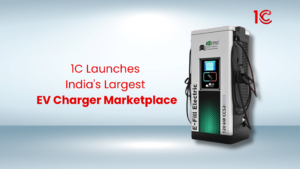
1C launches nation's largest EV charger marketplace, bringing chargers from renowned OEMs under a singlemplatform, offering convenience & options for EV owners.
EVs have gained so much popularity on the internet nowadays, and it has become a major discussion whether the EV shift will survive. Among the traditional Fuel cars and Electric Vehicles, there is one more type called a Hybrid. Now, what is a Hybrid Car? I suggest considering the hybrid as a bridge between traditional and electric vehicles. It is a safer option for the buyers as it gives the benefit of both the fuel and battery. So, if on the go a hybrid vehicle gets discharged on the go, the driver doesn’t have to bother about the charging infrastructure (which is under development) and can continue the trip with a fuel recharge. Let us understand how this hybrid concept is a way to shift from traditional to EV.
A hybrid vehicle uses both an electric battery and a gasoline engine to propel. These two parts can work separately or together. When you brake, it captures energy to charge a high-voltage battery that helps the car use less gasoline and be more fuel-efficient. Hybrids are designed in different ways by car companies for different purposes, like saving fuel or keeping costs low.
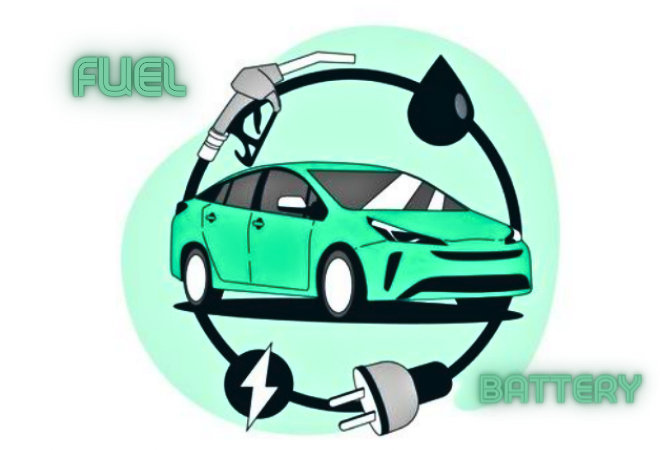
A hybrid electric car is made up of various parts that enable the vehicle to use both an internal combustion engine and an electric motor.
The working of a hybrid car depends on the situation of driving, which means the working keeps changing with driving speed, while in traffic, during braking, and more. We have discussed the working in different scenarios for better understanding below.
The types of Hybrid cars are classified on a different basis:
The types of hybrid vehicles based on ICE can be classified as parallel hybrid, series hybrid, and series-parallel hybrid.
In parallel hybrids, the internal combustion engine and the electric motor are connected to the car’s transmission and can directly power the vehicle. The car can run on either the gasoline engine, the electric motor, or a combination of both.
In series hybrids, only the electric motor drives the wheels. The internal combustion engine acts as a generator, producing electricity to recharge the battery or directly power the electric motor. The gasoline engine is not mechanically connected to the wheels.
This type combines features of both parallel and series hybrids. It allows the vehicle to operate on the internal combustion engine, the electric motor, or a combination. The electric motor and the gasoline engine can work together or independently, offering flexibility in various driving conditions.
The types of hybrid vehicles based on fuel type can be classified as gasoline hybrid, diesel hybrid, plug-in hybrid and flex-fuel
Gasoline hybrids use a traditional internal combustion engine that runs on gasoline. The electric motor allows the gasoline engine to improve fuel efficiency in low-speed and stop-and-go driving conditions.
Diesel hybrids work with a diesel-powered internal combustion engine. Similar to gasoline hybrids, the electric motor supports the diesel engine, which contributes to better fuel efficiency and reduced emissions.
PHEVs have a larger battery compared to regular hybrids. They can be charged by plugging into an electric outlet. These vehicles can run on electric power for a certain distance before switching to the gasoline or diesel engine and offering the flexibility of both electric and hybrid modes.
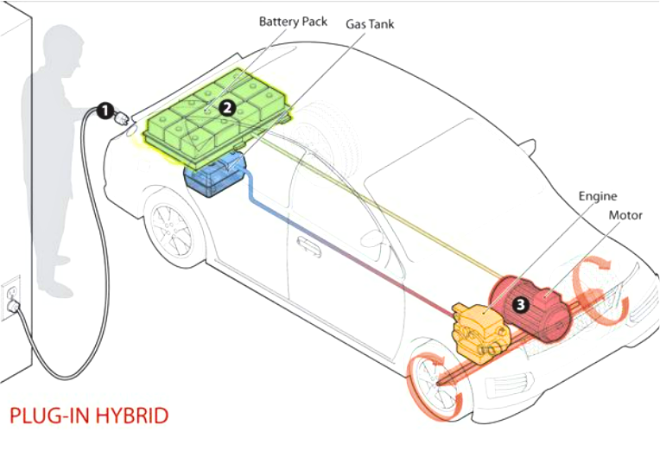
Flex-fuel hybrids can use a combination of gasoline and alternative fuels such as ethanol or methanol. These vehicles provide flexibility in fuel choice, contributing to a reduction in overall environmental impact.
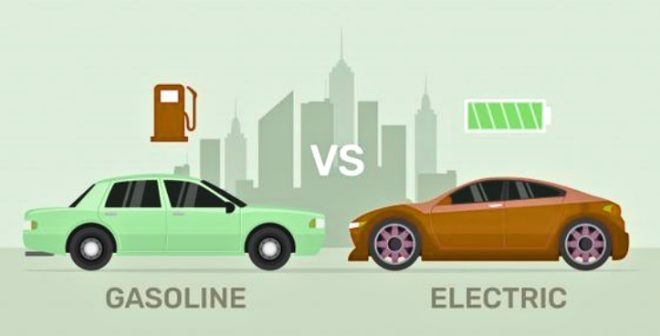
The main aspect that sets both car types apart is the energy used for their propulsion. A few other differences can be understood from the table given below.
Feature | Hybrid Car | Electric Car |
Power Source | It combines a gasoline engine with an electric motor. | It runs only on an electric motor. |
Fuel Dependency | It uses both gasoline and electricity. | It relies entirely on electricity. |
Battery Size | The battery is small in comparison to electric cars. | It has a larger battery for an extended electric range. |
Charging | It charges while driving and through regenerative braking. | It requires external charging stations. |
Driving Range | It has a longer range due to the gasoline engine. | The electric battery range limits it. |
Flexibility | It can switch to gasoline when electric power is low or during high-demand situations. | It solely depends on electricity, limiting long-distance travel without charging infrastructure. |
Emissions | It produces fewer emissions than traditional cars but still uses some gasoline. | It generates zero tailpipe emissions as it runs solely on electricity. |
a hybrid car is like a bridge between regular fuel cars and electric vehicles. It uses both a gasoline engine and an electric motor to run. This mix helps in saving fuel and being more efficient. The car can switch between the two or use them together. Hybrid cars have parts like an internal combustion engine, an electric motor, a battery, and other systems that work together. They can be of different types based on how they use fuel and the type of fuel they use.
Advantages of hybrid cars include using less fuel, emitting fewer pollutants, and getting tax benefits. However, they may cost more initially, and replacing the battery can be expensive. Hybrid cars have a mix of good and not-so-good points, but they a step towards cleaner and more efficient driving.
The two main types of hybrid vehicles are parallel hybrid and series hybrid.
The advantages are fuel efficiency, reduced emissions and regenerative braking. The disadvantages are high initial cost, limited electric range, and dependency on batteries.
The major components of a hybrid vehicle are a gasoline engine, an electric motor, a high-voltage battery, a transmission, a regenerative brake system, and a power control unit.
1C launches nation's largest EV charger marketplace, bringing chargers from renowned OEMs under a singlemplatform, offering convenience & options for EV owners.
Explore the surprisingly long history of electric vehicles. Start from 1830s with dawn of EVs, go through 1900s when electric cars dominated the roads, move through the 60s, when ICE rose to popularity, and cruise through the 21st century to understand the rebirth of electric vehicle in automobile industry.
Can you charge your EV to 80% in 10 minutes? Discover the truth about fast charging and how 1C helps you find verified stations. Stay informed & charge wisely!
Amidst EV evolution, the 1C app has emerged as a gamechanger, setting new standards in the market. But what makes it stand out in an increasingly crowded space?
1C EV Charging App can help EV owners in Delhi-NCR in planning road trips. It eliminates the uncertainty of long drives with EV, ensuring a smooth journey.
1C EV Charging App has taken a proactive approach to ensure that EV owners can access 100% verified charging stations whenever and wherever they need them.
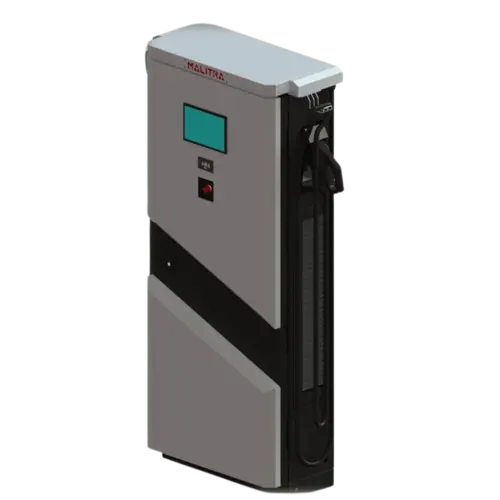

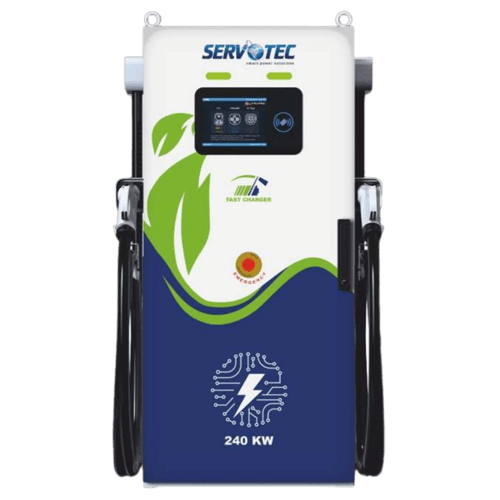
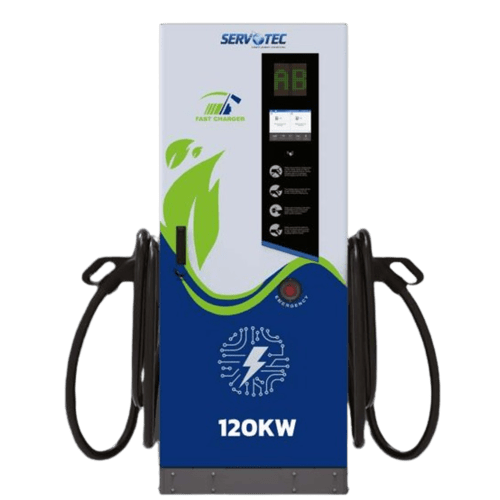
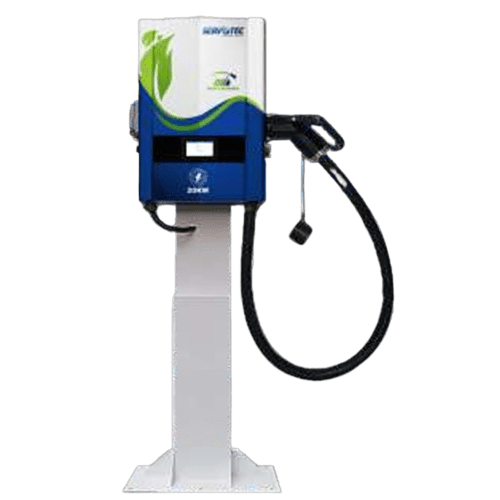
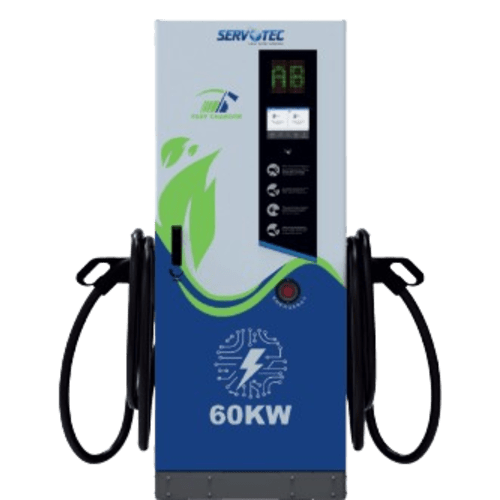
© 2024 Massive Mobility Private Limited. All rights Reserved